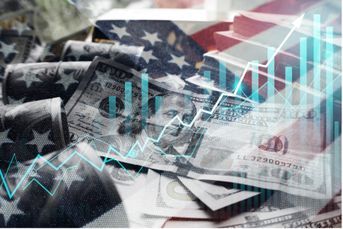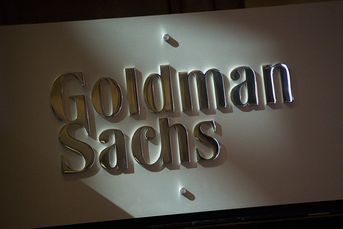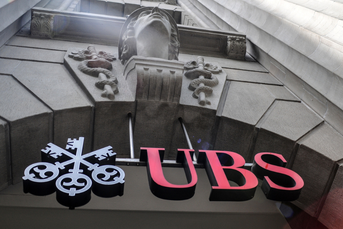Dividend ETFs see record $50 billion allocation bonanza so far this year
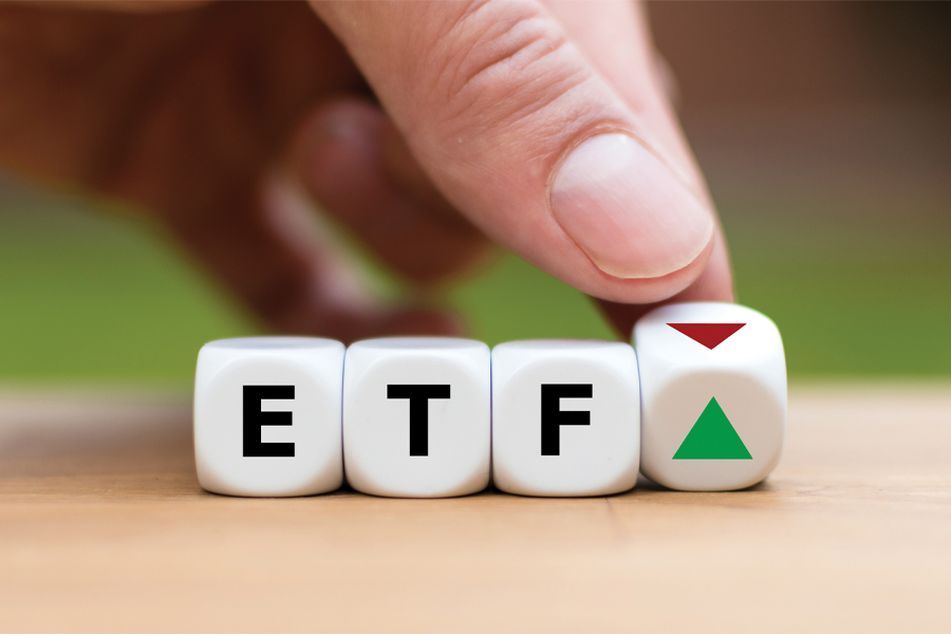
The cash flowing into dividend-focused exchange-traded funds is already running 25% higher than the record haul secured in 2021.
In these tumultuous times on Wall Street, at least one investing trend is proving remarkably consistent: Dividend ETFs are notching relentless inflows as traders take refuge in the stock-market storm.
The record $50 billion allocation bonanza so far this year is notable in a world where even cash-like Treasuries are offering income-hungry investors the highest yields in over a decade — giving defensive strategies like dividend funds a run for their money. At least in theory.
Yet demand for steady income in stocks is booming as money managers bid up companies with a history of paying out profits to shareholders, hoping that will cushion gut-wrenching losses across the broader market.
All told, the cash flowing into dividend-focused exchange-traded funds is already running 25% higher than the record haul secured in 2021, with positive inflows every month so far this year.
In these tumultuous times on Wall Street, at least one investing trend is proving remarkably consistent: Dividend ETFs are notching relentless inflows as traders take refuge in the stock-market storm.
The record $50 billion allocation bonanza so far this year is notable in a world where even cash-like Treasuries are offering income-hungry investors the highest yields in over a decade — giving defensive strategies like dividend funds a run for their money. At least in theory.
Yet demand for steady income in stocks is booming as money managers bid up companies with a history of paying out profits to shareholders, hoping that will cushion gut-wrenching losses across the broader market.
All told, the cash flowing into dividend-focused exchange-traded funds is already running 25% higher than the record haul secured in 2021, with positive inflows every month so far this year.
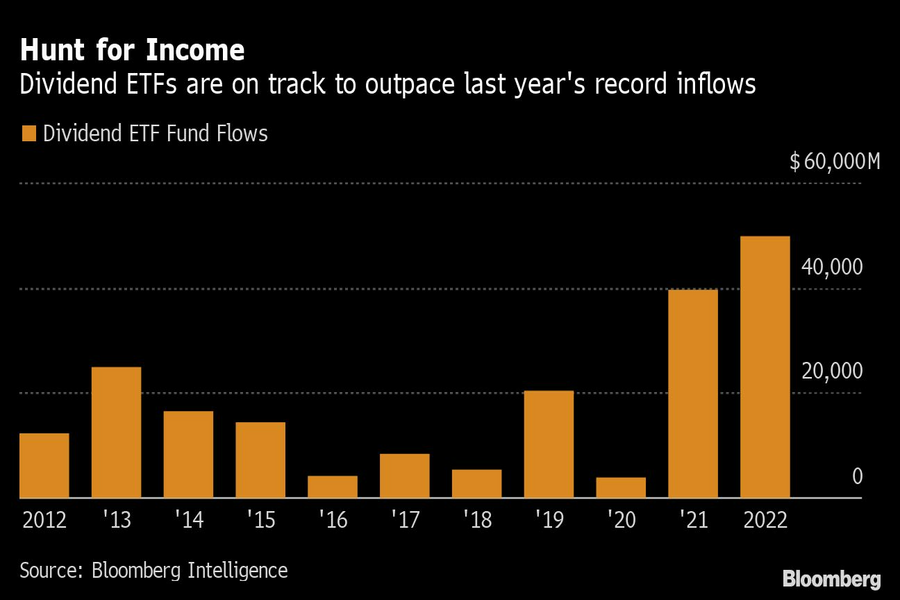
The deluge has endured even after Federal Reserve monetary tightening pushed the yield on Treasury bills to a beefy 4% and counting. Proponents are casting dividend-chasing strategies as an inflation hedge of sorts in an era where bonds are suffering from an existential crisis.
“We think dividend paying stocks are a little bit more resilient in rocky economic times,” said Kara Murphy, CIO of Austin, Texas-based Kestra Investment Management, when asked if she’d rather buy a Treasury bond or dividend-stock for income over the next year. “We actually think they’re pretty attractive right here.”
As assets like Bitcoin and inflation-hedging ETFs struggle to live up to their billing of protecting from price growth, dividend strategies have history on their side, according to Fidelity. The money manager found that in decades when inflation was above 5%, dividends have powered more than half of the S&P 500’s total return.
The Fed’s aggressive rate hikes have roiled both the stock and bond markets, crushing the traditional portfolio of 60% equities and 40% bonds. Bloomberg Intelligence estimates high-dividend ETFs could ultimately double their inflow record this year as investors — particularly in equities — seek alternatives.
“A lot of people have realized that stocks and bonds become more positively correlated in elevated inflation environments,” said Nick Kalivas, head of factor and core equity product strategy at Invesco. Investors have therefore been looking to high-dividend strategies “as a way to navigate the breakdown in 60/40,” he said.
On average, non-leveraged dividend funds have delivered a trailing 12-month yield of about 4.3%, according to Bloomberg data, well above the S&P 500’s 1.7%. At the same time, surging prices in the energy sector — to which dividend funds are often heavily exposed — have helped protect many products from the worst of the U.S. stock selloff.
Among the top performing ETFs is the WisdomTree U.S. High Dividend Fund (DHS), which has returned 2.8% this year as it lured $406 million. The biggest winner for flows, the Schwab U.S. Dividend Equity ETF (SCHD), has attracted almost $12 billion even as it lost 8.5%.
That compares to a roughly 18% loss for the S&P 500, which is being beaten by almost all major dividend ETFs, every one of which has posted a net inflow this year so far.
The counterpoint: With interest rates now 300 basis points higher than at the start of the year, the argument is that bonds now offer a more dependable source of income. Rates on three-month Treasury bills are hovering near 3.9%, the highest since 2007.
“Do you really wanna buy stocks for the dividends when now you can get these interest rates on bonds?” said David Bianco, Americas CIO at DWS Group. “If the income is what you want, then go to where the income is reliable.”
The high stakes of the midterm election
Learn more about reprints and licensing for this article.

